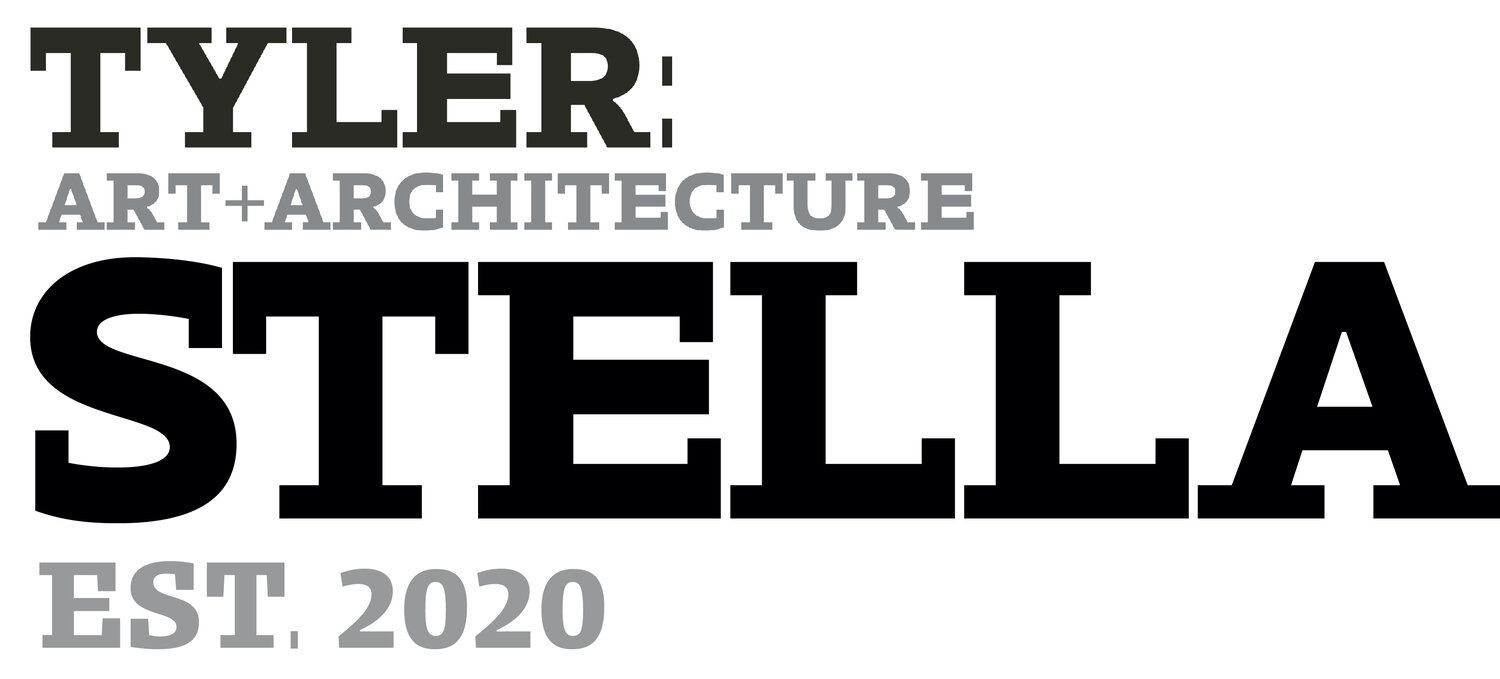Sight/Sehen/Vista
-
Days of Creation (3r) from The Liber Chronicarum (known as The Nuremberg Chronicle), Hartmann Schedel printed in Nuremberg by Anton Koberger, 1493, Special Collection Research Center, Temple University Library
This sparse circle, broken by the disembodied hand of the Christian G-d, depicts the moment that sight became (biblically) possible. The gothic text describes the separation of light and darkness.
The Nuremberg Chronicle can be considered the first widely-circulated encyclopedia and is the most heavily illustrated book of the fifteenth century. In the process of early bookmaking, both letters and images were primarily printed in black ink. Patrons could pay to have their editions hand-painted, as with Cambridge University’s copy of the Chronicle. The uncolored version held by Temple University allows a viewer to surrender themselves to their mind’s eye. What is visible in the moment when light and darkness become separated?
J.S.
-
Leaf from a Dogale (1r), Style of Master “T.o Ve” (Venice, Italy), 1560-1561, Ink and pigment on vellum, Special Collections Research Center, Temple University Library
Early modern artists in Italy learned about the properties of sight from direct observations of nature and through scientific treatises copied from ancient and medieval philosophers such as Euclid and Alhazen.
This frontispiece from a Dogale demonstrates the visual phenomenon known as aerial perspective. Objects gradually appear smaller and lose clarity in the receding landscape while the mountains take on a blue color. The Dogale painter has paid particular attention to how the light casts shadows across his figures, architecture, and landscape to convince the viewer’s eye that what we see has physical volume; like looking through a window, the scene moves back into an unmeasurable natural space.
Just a few decades earlier, Leonardo da Vinci documented these very ideas of perceiving distant objects as the color of the sky and how a painter can achieve these results in his notebooks, later published as the Treatise on Painting.¹
M.R.P.
¹Leonardo da Vinci, The Notebooks of Leonardo da Vinci, 2 ed. Jean Paul Richter, 2 vols. (New York: Dover Publications, 1970).

